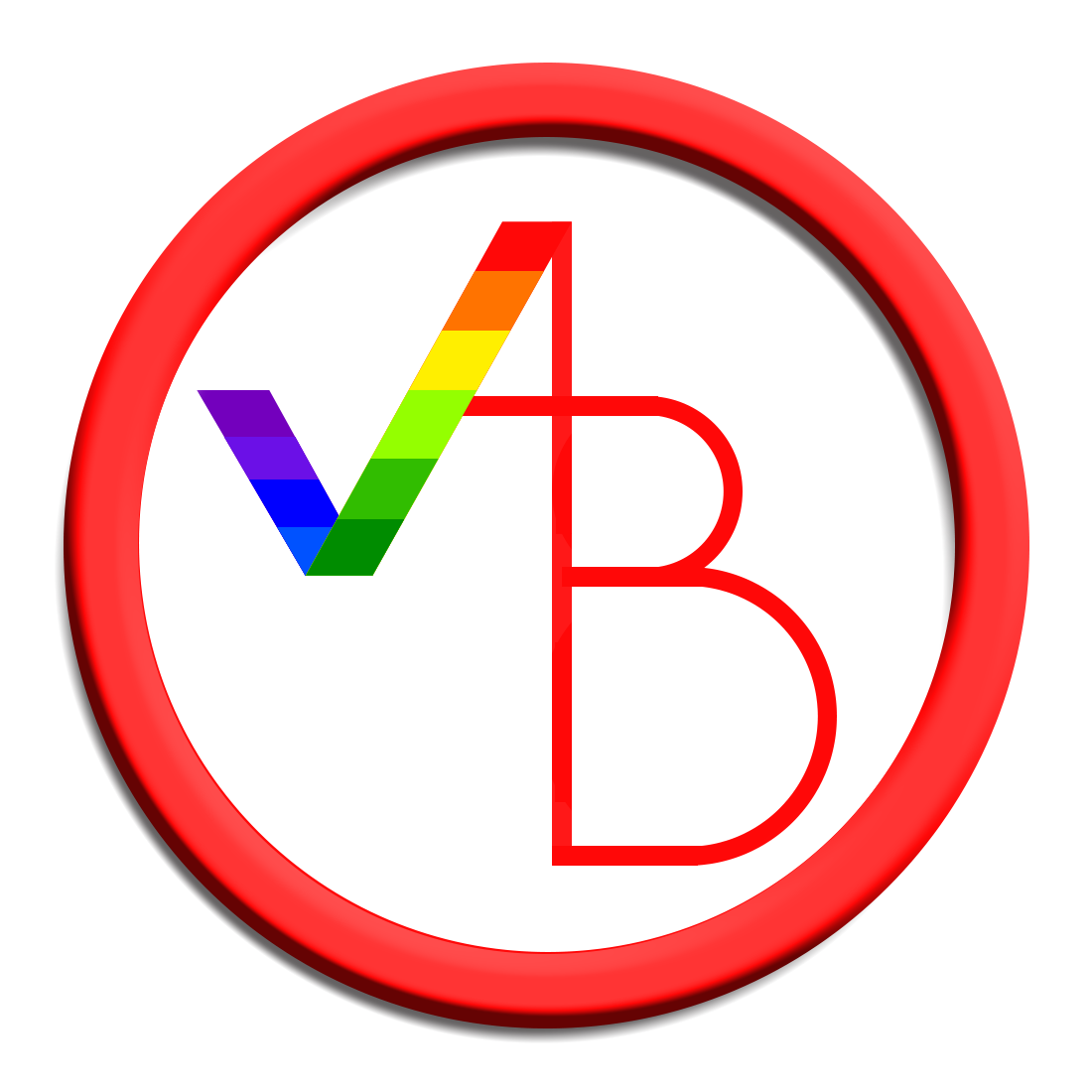The next speaker at the CCC symposium is the fabulous Nancy Baym, who begins by noting how overwhelming the buzz about 'big data' has become. There's a great deal of fascination just with the things we can do with big data sources - tracing interesting patterns, attempting to predict future processes, making sense of data by using algorithmic tools.
But the outcomes of such research often remain predictable: they show what we already knew (that various social factors influence each other, for example), and the close studies mean that wider context is often missed. Internet studies has always been very …













